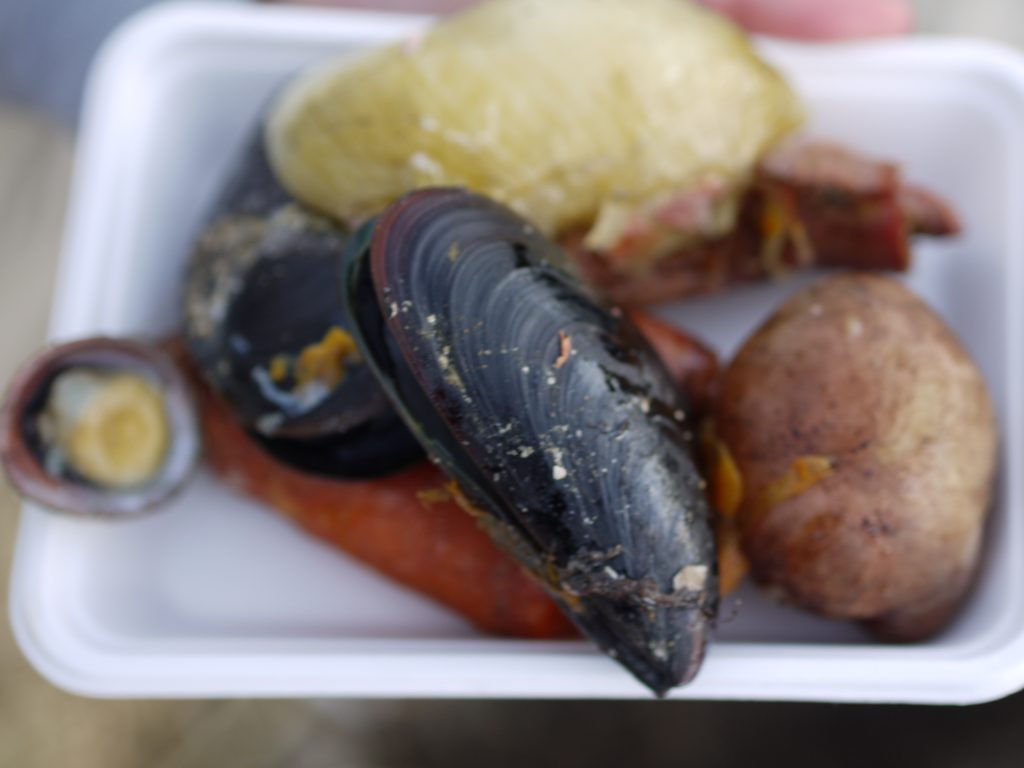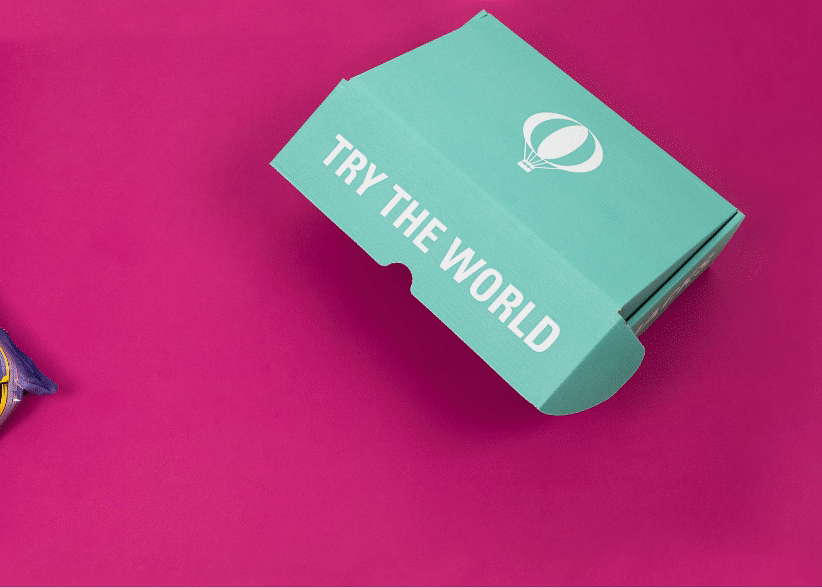A revered custom throughout Chile, curanto is a traditional food preparation method that has been practiced for centuries. It is marked by the cooking of a variety of seafood, meat, vegetables in a stone and leaf covered fire pit in the ground that glows red from the insulated heat. Some of the unique inclusions beyond proteins and vegetables are milcao and chapeles, which are potato pancakes and potato dumplings, respectively. The seafood traditionally included is clams, mussels, and razor clams.
It is said that this type of cooking began in Chile between 6,000 and 10,000 years ago! Known as the oldest dish in Chile, the process is highly respected by many Chileans. “Evidence” of a 6,000 year old curanto was uncovered when a deep hole filled with the bones of various animals, as well as seafood shells and various other items that would indicate a curanto that was enjoyed centuries ago. Curanto means “stony ground” in the Mapuche language, which is one of the original langauges spoken by the original settlers in Chile. These ancestors were known as the Huilliche and they lived in Chiloé. It is also said that the Mapuche word “cuarantu” that means “rock heated by the sun” may have also influenced the name of the custom.

The original curanto was prepared in a pit to better connect with mother earth and to honor and celebrate the bounty that was received from the earth. The nalca leaves are waterproof, which allow for the highly effective steam-based cooking that results in the curanto finishing in about an hour. Some other standard inclusions are mussels, clams, razor clams, pork, chicken, lamb, sausage, cabbage, fava beans, onions, and potatoes. Potatoes are very important to Chileans because they indicate a time in which there was a flour shortage, and both chapale and milcao came about in order to create a bread that mainly consisted of potato, as opposed to flour.
Once cooked, the ingredients are still entirely stand-alone, and the curanto does not become a stew-like dish. Being cooked only by fire, rocks, earth, and leaves, the Chilean people celebrated the integrity of these ingredients.The melange of textures, flavors, aromas, and consistencies is alluring and delicious, resulting in a unique – and delicious – meal. Slightly charred, each item is rich, flavorful, and tender, lightly flavored with the earth and the fire.

It is not customary to measure the quantities; there should be about an event blend of all items. Nalca – Chilean rhubarb – leaves cover each layer, which help to insulate and increase the heat. After building layer upon layer, the hole is almost entirely covered with earth, resulting in method similar to a large pressure cooker. In order to best duplicate this process at home or indoors, curanto can be prepared in a pot, on the grill, or in a modern pressure cooker. It is called “pulmay” in this procedure. Many other countries have a similar type of cookery. Some say that the Chono people have been practicing curanto since 5000 BC!

Some of the earliest written text from the mid-1850s describe the curanto being cooked and enjoyed at that time. Curanto is usually based around a celebratory feast or banquet that is often prepared to honor a wedding, a baptism, an engagement, a move, a Holiday, or a general celebration. There’s even a traditional Chilean folk song that is about curanto!
Try to make your own at home & let us know how it goes!






